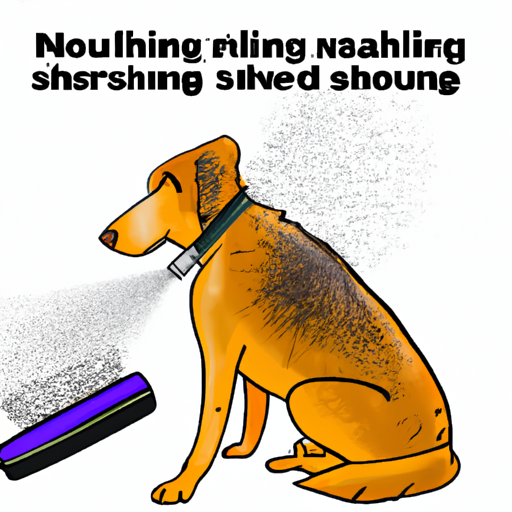Understanding the Shedding Process
Hello there, dedicated caregiver of your furry companion! It’s important to understand that shedding is a natural process for dogs. Just like humans lose old and damaged hair, dogs do the same. Shedding can vary greatly among breeds, and even individual dogs within a breed. But don’t fret, there are several ways to manage your dog’s shedding and keep your home fur-free.
Proper Nutrition is Key
A well-balanced diet plays a vital role in your dog’s overall health, including their coat.
-
High-quality dog food: Opt for dog food that’s high in proteins and omega-3 fatty acids. These nutrients promote a healthy coat and reduce excessive shedding.
-
Hydration: Ensure your dog always has access to fresh water. Dehydration can lead to dry skin, leading to increased shedding.
-
Supplements: Consider adding supplements like fish oil to your dog’s diet, which can help improve their skin and coat.
Regular Grooming
Regular grooming is crucial in managing your dog’s shedding.
- Brushing: Brush your dog regularly to remove loose hairs before they end up on your furniture. The frequency will depend on your dog’s breed and coat type.
- Bathing: Regular baths with a dog-specific shampoo can help remove excess hair. Don’t overdo it; too many baths can dry out your dog’s skin.
- Professional grooming: Consider professional grooming services for breeds with high-maintenance coats.
Choosing the Right Products
There’s a wide range of products available to help control shedding. Here’s a simple table to guide you:
| Product | Purpose |
|---|---|
| Deshedding tool | Remove loose undercoat hair |
| Slicker brush | Remove tangles and mats |
| Grooming rake | Remove dead hair from thick-coated breeds |
Creating a Clean Environment
To cope with the hair your dog does shed, consider these steps:
- Use slipcovers on furniture for easy washing.
- Invest in a good vacuum cleaner designed for pet hair.
- Regular cleaning can reduce allergens in your home.
Frequently Asked Questions
Q: Is it normal for my dog to shed all the time?
A: Yes, dogs shed old or damaged hair year-round, but some breeds shed more than others.
Q: Can weather affect my dog’s shedding?
A: Yes, many dogs develop a thicker coat in the winter and shed it in the spring.
Q: How often should I groom my dog?
A: The frequency depends on your dog’s breed and coat type. Some require daily grooming, others weekly.
Q: Is shedding a sign of illness?
A: While shedding is normal, excessive shedding can be a sign of stress, poor nutrition, or medical issues. Consult your vet if you notice any sudden changes in your dog’s shedding.



